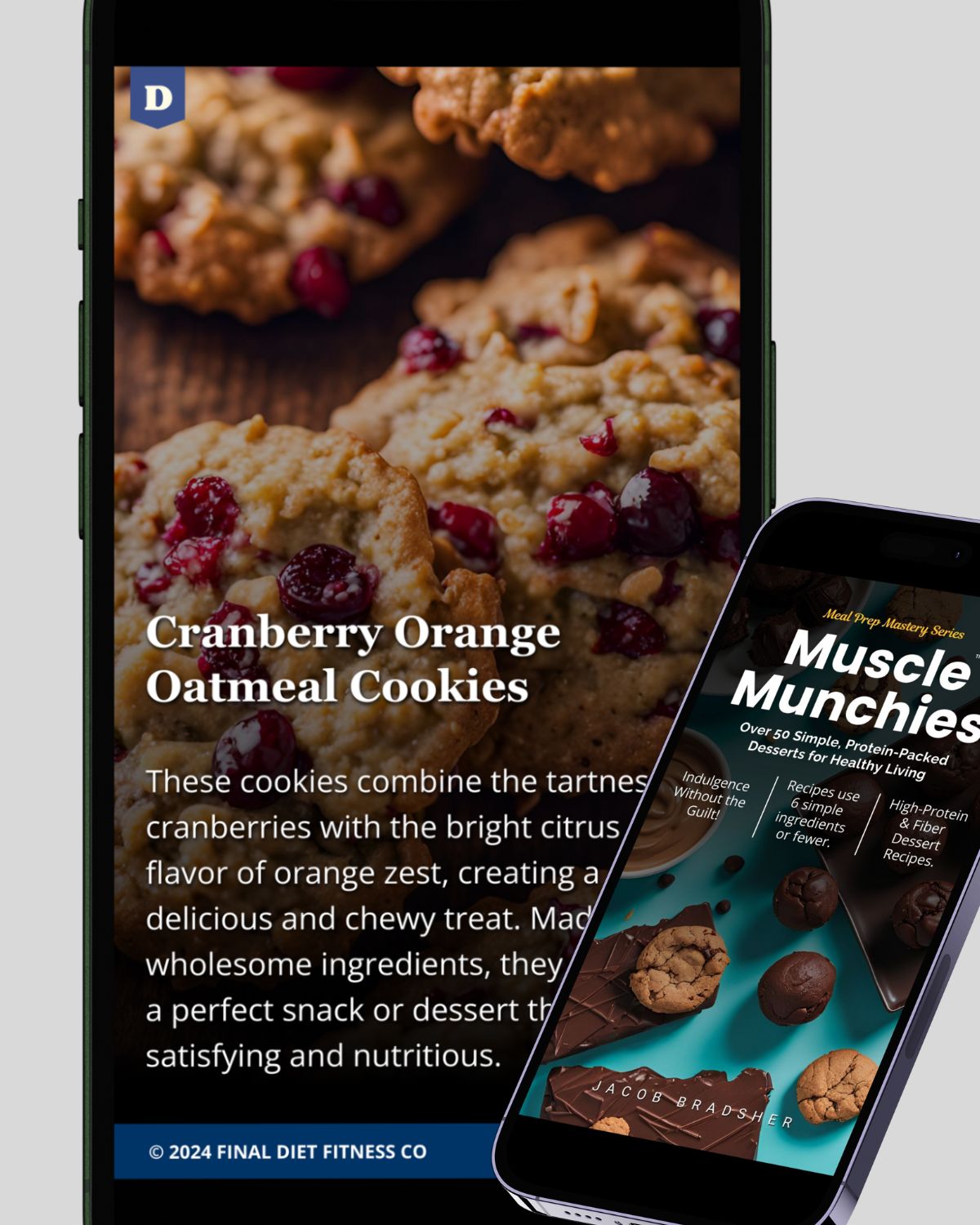
When it comes to fitness, setting goals is one of the most powerful ways to stay motivated and measure your progress. However, many people set unrealistic goals, which leads to frustration and burnout. To achieve sustainable success, it’s essential to set goals that are both realistic and specific, allowing you to build confidence as you progress. In this article, we’ll walk you through how to set and achieve fitness goals that are within reach and will keep you motivated for the long haul.
1. Start with Your "Why"
Before you dive into setting specific fitness goals, take a moment to reflect on why you want to improve your health and fitness. Is it to feel more energetic, lose weight, build strength, or improve your overall well-being? Understanding the deeper reason behind your goals will give you a sense of purpose and help you stay motivated when the going gets tough.
Key Takeaway: Connect your fitness goals to a personal "why" to make them meaningful and keep you focused.
2. Make Your Goals SMART
The SMART goal-setting framework is an effective tool for setting clear, achievable objectives. SMART stands for:
- Specific: Clearly define what you want to achieve.
- Measurable: Identify how you’ll measure your progress.
- Attainable: Ensure your goal is realistic and within reach.
- Relevant: Choose a goal that aligns with your long-term aspirations.
- Time-bound: Set a deadline for achieving your goal.
For example, instead of saying, “I want to get stronger,” a SMART goal would be, “I want to increase my squat weight by 20 lbs within the next 3 months.”
Key Takeaway: SMART goals help you stay focused and organized, making it easier to track your progress.
3. Break Down Long-Term Goals into Smaller, Actionable Steps
While it’s great to have a big-picture goal, the road to achieving it can feel overwhelming if you don’t break it down. Divide your long-term goal into smaller, manageable milestones. For instance, if your goal is to lose 20 lbs in 6 months, set a mini-goal of losing 3-4 lbs each month. This makes the process feel less daunting and allows you to celebrate small wins along the way.
Key Takeaway: Breaking big goals into smaller chunks makes progress feel more achievable and keeps you motivated.
4. Track Your Progress Consistently
Tracking your progress is essential for staying on track and adjusting your approach as needed. Whether it’s through a fitness app, journal, or a spreadsheet, keeping track of your workouts, nutrition, and physical changes (such as weight, measurements, or strength gains) provides a tangible record of your progress. This also helps identify areas that may need improvement.
Key Takeaway: Consistent tracking helps you stay accountable and allows for adjustments if needed.
5. Stay Flexible and Adjust Goals When Necessary
Life can throw curveballs—whether it’s a busy schedule, an injury, or unexpected stress. Being flexible with your fitness goals allows you to make adjustments when things don’t go according to plan. Don’t be discouraged by setbacks; instead, recalibrate your goals and approach. For example, if you’re recovering from an injury, shift your focus to low-impact exercises or mobility training while you heal.
Key Takeaway: Flexibility helps you stay on track, even when life’s challenges arise.
6. Find Support and Accountability
Achieving your fitness goals becomes much easier when you have a support system in place. Whether it’s a workout buddy, a coach, or an online community, having someone to check in with can keep you motivated and hold you accountable. A personal trainer or online coach can also help tailor your program, guide you through plateaus, and ensure you stay focused.
Key Takeaway: Support from others and accountability is key to maintaining motivation and momentum.
7. Celebrate Small Wins Along the Way
Too often, people focus solely on the end result and forget to acknowledge the small victories along the way. Whether it’s adding 5 more pounds to your deadlift or hitting your step goal for a week straight, these small wins build momentum and boost your confidence. Celebrate your progress and use it as fuel to keep going.
Key Takeaway: Celebrate small milestones to maintain motivation and build confidence.
8. Learn From Your Setbacks
Setbacks are a natural part of any fitness journey. Instead of seeing them as failures, view them as learning opportunities. Whether you missed a workout or didn’t hit your goal for the week, take note of what happened, and use that information to adjust your approach. Did you overcommit? Were your goals too ambitious? Did you struggle with time management? Use these insights to improve your strategy moving forward.
Key Takeaway: Setbacks are opportunities to grow and improve your approach to goal-setting.
Conclusion:
Setting and achieving realistic fitness goals is a dynamic process that requires patience, consistency, and flexibility. By following the steps above—starting with your "why," setting SMART goals, breaking down large objectives, tracking progress, and finding support—you’ll be on your way to achieving sustainable success in your fitness journey. Remember, it’s not about perfection—it’s about consistent effort and building healthy habits that will last for the long term.







